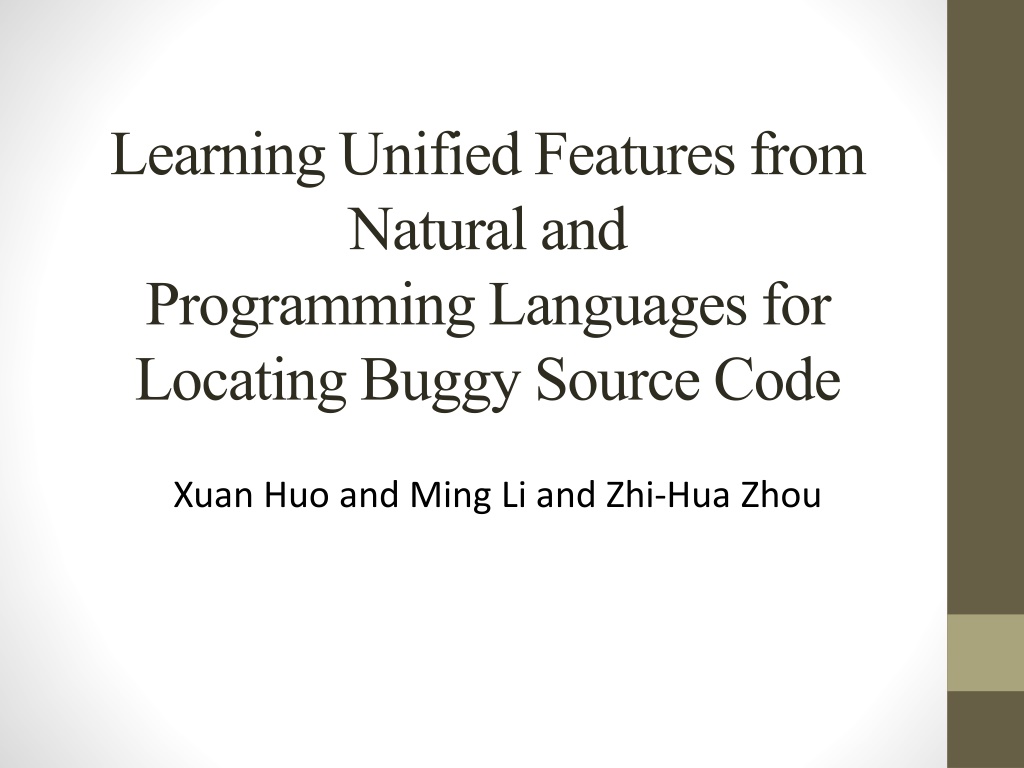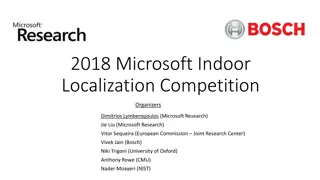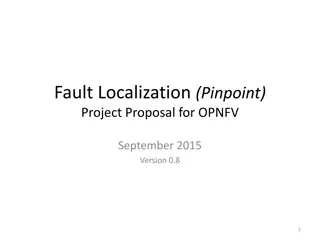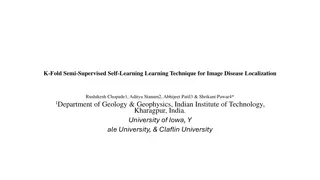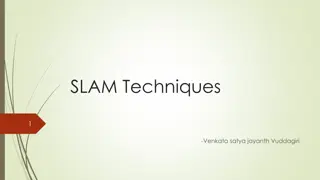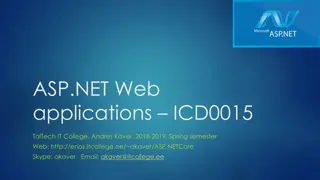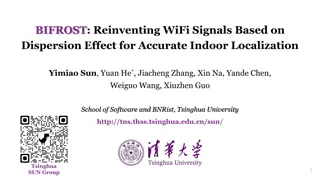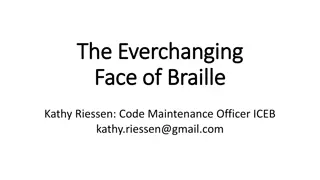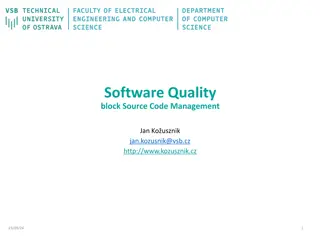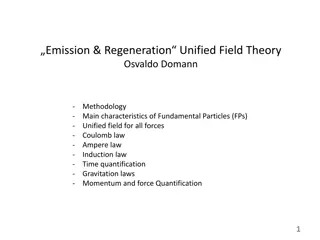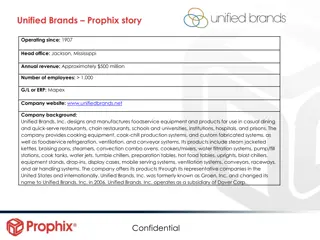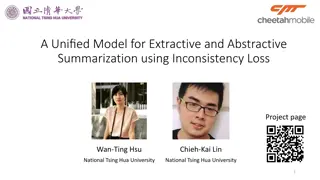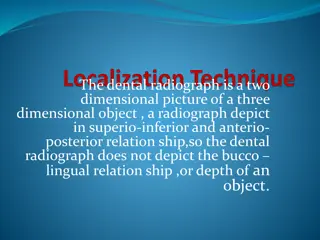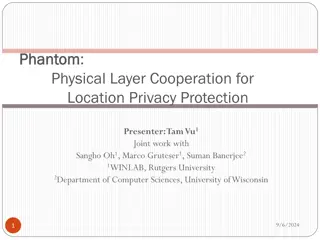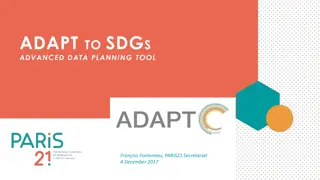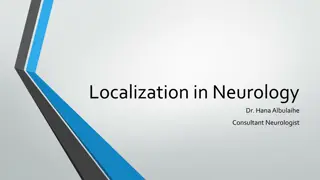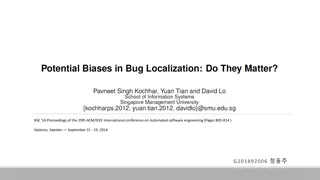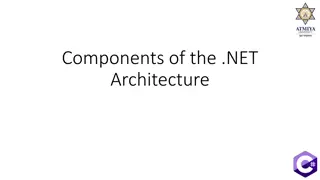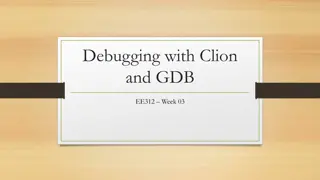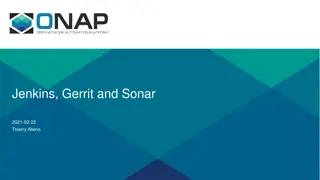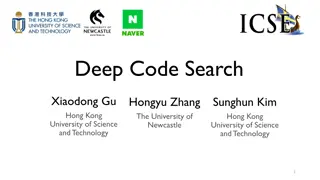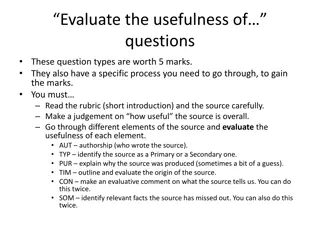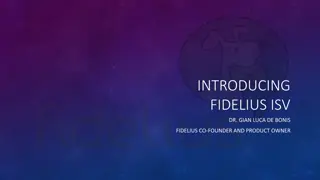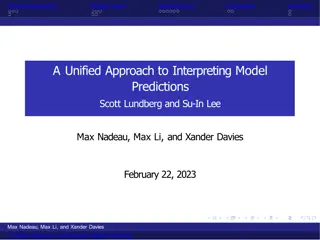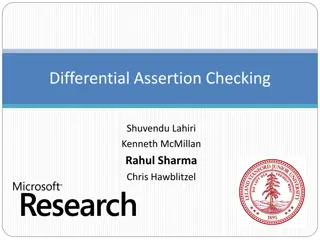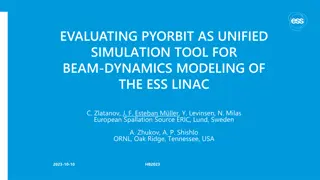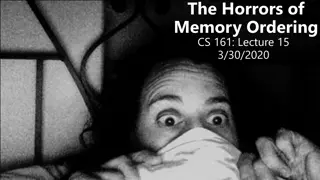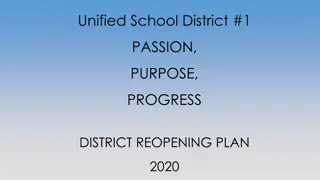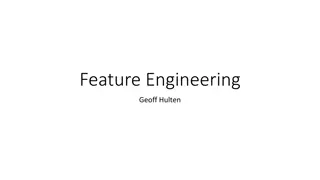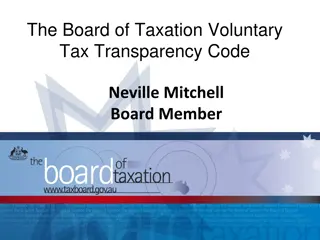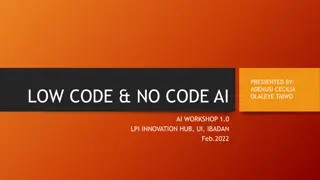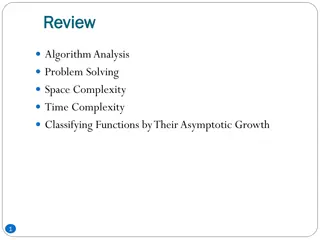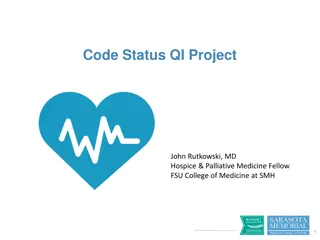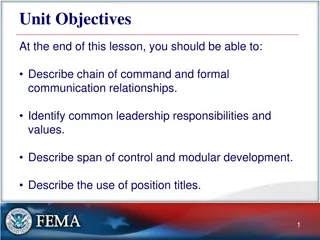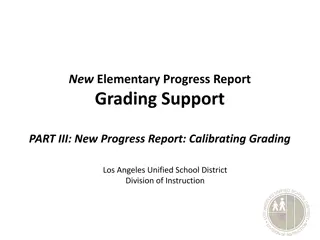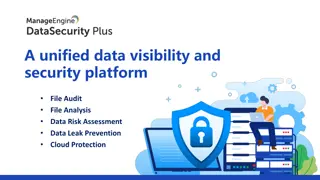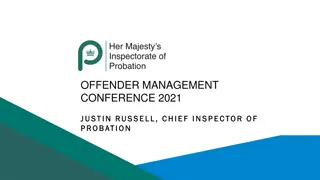Unified Features Learning for Buggy Source Code Localization
Bug localization is a crucial task in software maintenance. This paper introduces a novel approach using a convolutional neural network to learn unified features from bug reports in natural language and source code in programming language, capturing both lexicon and program structure semantics.
- Bug Localization
- Convolutional Neural Network
- Source Code Analysis
- Unified Features
- Software Engineering
Download Presentation

Please find below an Image/Link to download the presentation.
The content on the website is provided AS IS for your information and personal use only. It may not be sold, licensed, or shared on other websites without obtaining consent from the author. Download presentation by click this link. If you encounter any issues during the download, it is possible that the publisher has removed the file from their server.
E N D
Presentation Transcript
Learning Unified Features from Natural and Programming Languages for Locating Buggy Source Code Xuan Huo and Ming Li and Zhi-Hua Zhou
Introduction Bug localization, which aims to alleviate the burden of software maintenance team by automatically locating potentially buggy files in source code bases for a given bug report, has drawn significant attention in software engineering community.
Introduction Most methods: treat the source code as natural language by representing both bug reports and source files based on bag-of- words feature representations, and measure similarity in the same feature space. Disadvantage: suffer from the loss of information when tailoring programming language to natural language by ignoring the program structure. e.g. path = getNewPath(); File f = File.open(path); and File f =File.open(path); path = getNewPath(); may result in different program behaviors.
Introduction This paper proposes a novel convolutional neural network called NP-CNN (Natural language and Programming language Convolutional Neural Network) to learn unified feature from bug report in natural language and source code in programming language, where the semantics in both lexicon and program structure are captured
Convolutional Neural Networks for Natural and Programming Languages
Convolutional networks programming language Programming language differs from natural language in two aspects: Semantics of the programming language can be inferred from the semantics on multiple statements plus the way how these statements interact with each other along the execution path. Natural language organizes words in a flat way while programming language organizes its statements in a structured way to produce richer semantics.
The structure of convolutional neural network for programming language
Convolutional networks programming language The first convolutional and pooling layer aims to represent the semantics of a statement based on the tokens within the statement. The subsequent convolution and pooling layers aim to model the semantics conveyed by the interactions between statements with respect to the program structure while preserving the integrity of statements.
Convolutional networks programming language Vary the size of convolution windows. Pad the window locating on the boundary of branches and loops to ensure the interactions between statements do not violate the execution path.
Cross-language Feature Fusion Layers Employ a fully connected neural network to fuse middle-level features extracted from bug reports and source files to generate a unified feature representation. Problem: In most cases of bug localization, a reported bug may be only related to one or only a few source code files, while a large number of source code files are irrelevant to the given bug report. Such an imbalance nature increases the difficulty in learning a well-performing prediction function based on the unified feature.
Cross-language Feature Fusion Layers unequal misclassification cost according to the imbalance ratio
